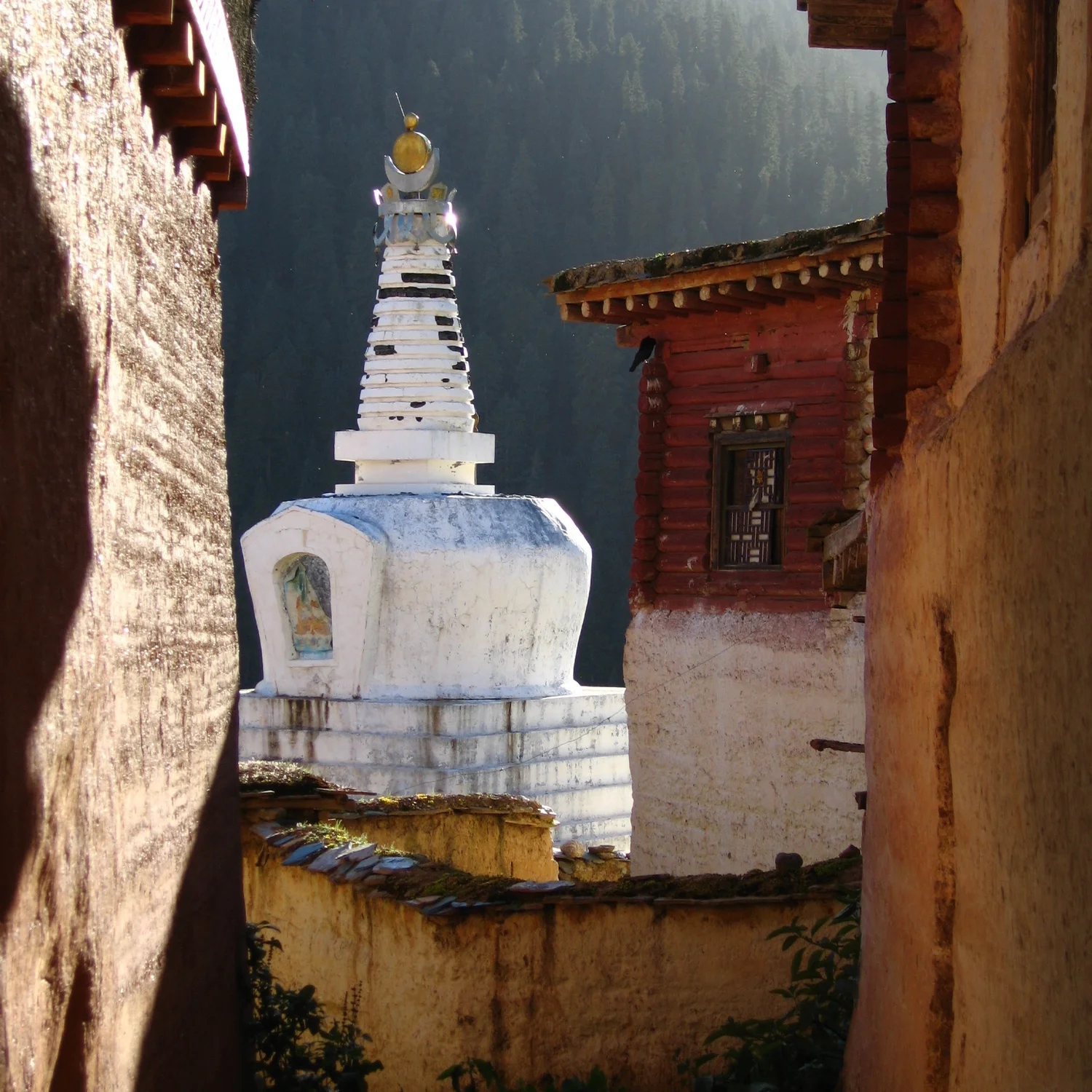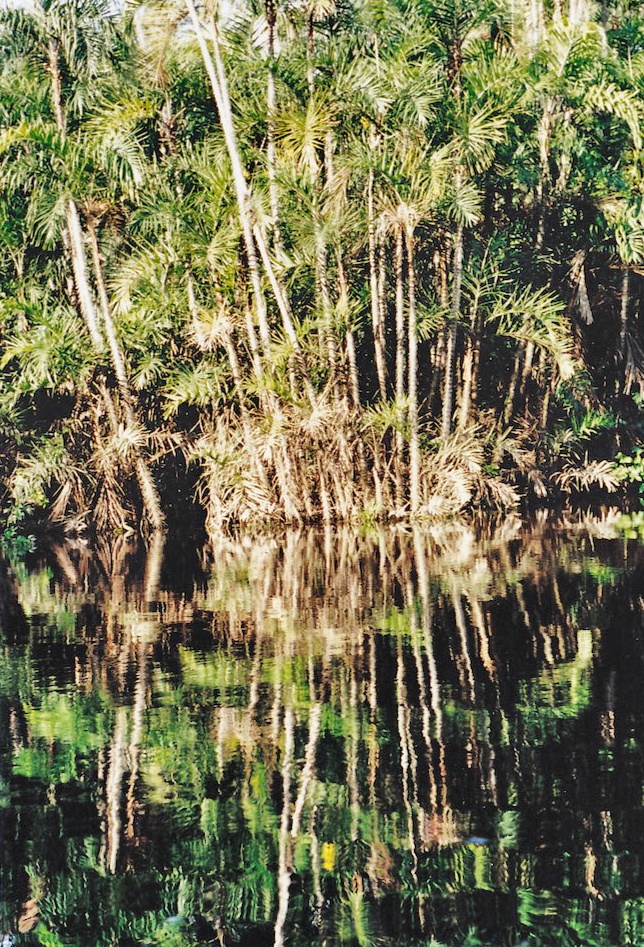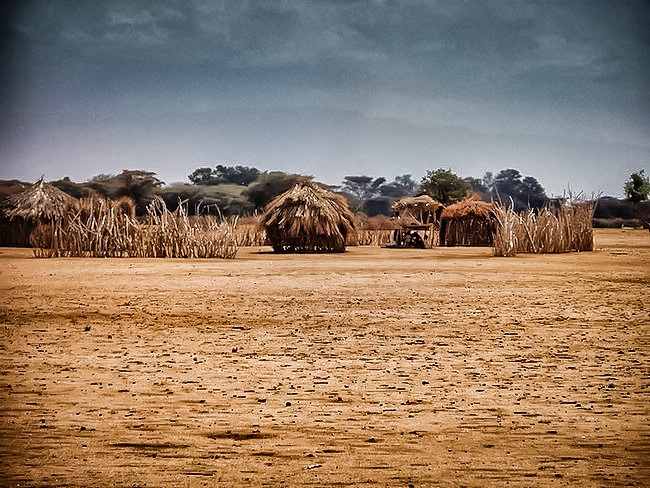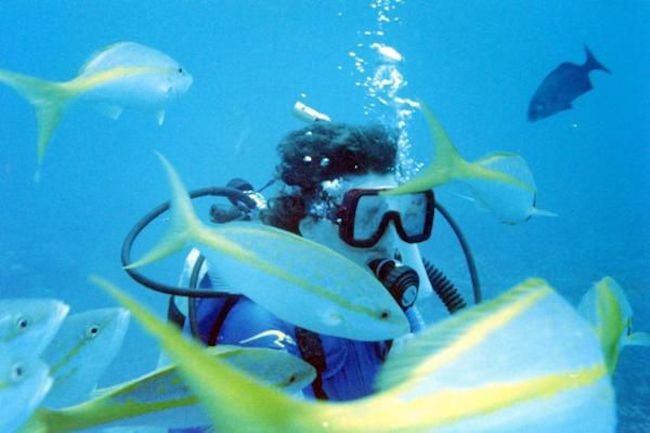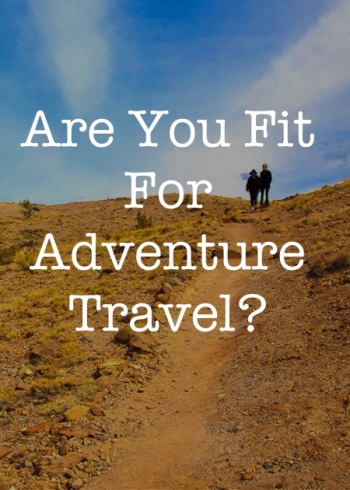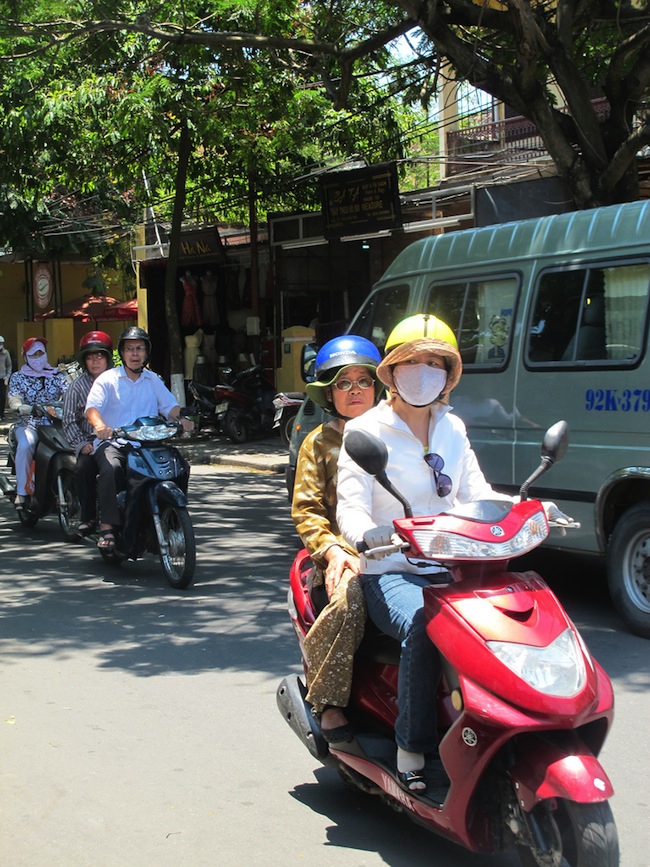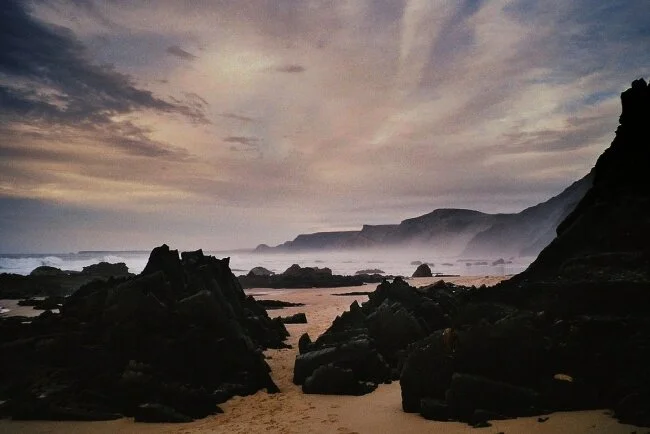I learned long ago the correct way to hike the trail to Chimney Rock at Ghost Ranch in the Rockies of northern New Mexico. I knew I needed water, a jacket for rain, sunscreen (although in 1971, when I was six, we called it tanning lotion or sun block - and we only used it at the pool), and sensible, rugged shoes. Footwear absolutely needed to be ankle height, if not higher, with strong laces and a traction-optimized tread. Twisting an ankle always loomed as a real threat, and a good, solid lace-up boot would help prevent that. Snakebite, by a prairie rattler or the dreaded diamondback rattler, could not only wreck a vacation, it could take a life. As a child I had no choice in the matter. When we hiked Chimney Rock, I wore my Red Wing hiking boots, which were perfectly serviceable.
My love of cowboy boots came from my very first pair of Acme harness boots. I got them as a young boy in Nebraska, and they helped me feel independent, strong, protected, and stylish. I lost track of those boots, and really didn’t have another pair until late into high school, at which time I was too cool to wear them -- city kids just didn’t wear boots. We left ‘wearin’ shit kickers’ to the country boys. I chuckle when I return to Nebraska now, because with enough distance, I can see that my hometown has and probably had plenty of room for cowboy boots.
